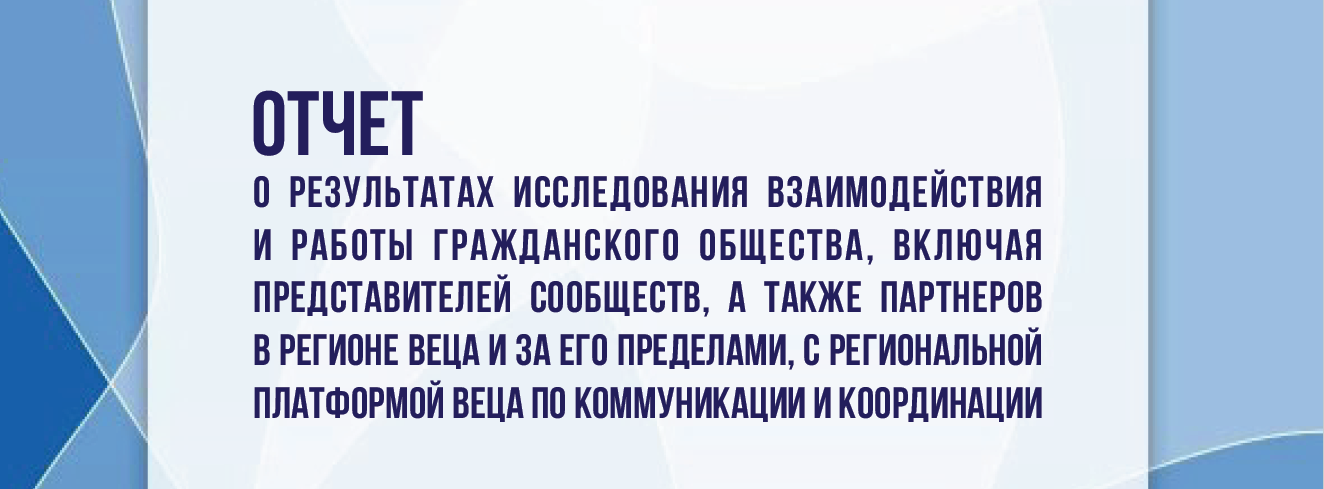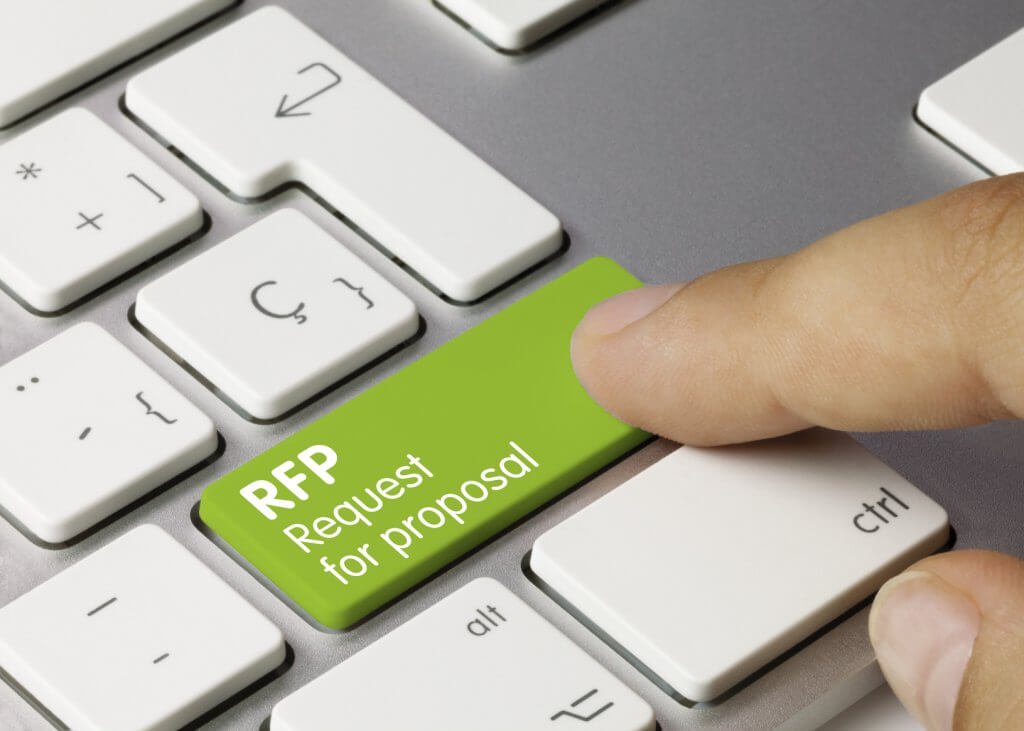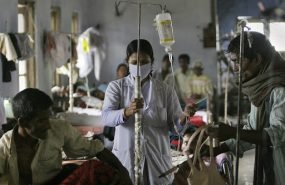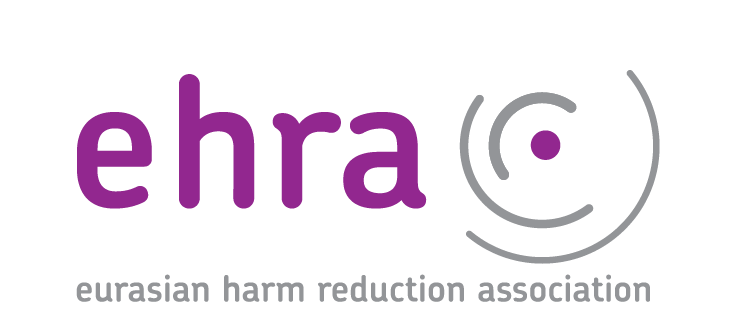The sustainability of the results of the last Global Fund HIV grant for Russia are under a threat
- 27.09.2018 08:46
- Post Views: 1,760
Article:
The sustainability of the results of the last Global Fund HIV grant for Russia are under a threat
Although Russia could become eligible again for the Global Fund HIV funding and even receive allocation within the next allocation period
Conflict of interest: the author of the article is a member of the Coordinating Committee which was responsible for coordination and oversight of the implementation of the Global Fund HIV grant in Russia being discussed in this article.
Background
By the end of implementation of its round-based model of grants’ distribution the Global Fund has invested more than 250 million USD within the Round 3, Round 4 and Round 5 HIV and TB grants to ensure the sustainable response to HIV and TB epidemics in Russia.
A 2010 study by Russian Federal AIDS Center estimated that less than 1% of key populations had access to HIV prevention programs in Russia. The majority of programs providing HIV prevention services to key populations in Russia were dependent on foreign funding. By 2014, the implementation of HIV programs financed by the Global Fund, including those targeted on key populations came to an end. The Russian government didn’t take any steps to fund or even acknowledge the need for HIV programming for key marginalized and criminalized populations, PWUD, SW and MSM/LGBT despite all those promises given by the Minister of Health in 2008 to step in and start paying for such services once the GF programs ended[1].
In light of this situation, the Global Fund has approved the 12 million USD HIV Program in Russia for the period 2015-2017 which was supported within the so called “NGO-Rule” – a provision within the Global Fund’s Eligibility Policy which allows for potential eligibility for UMICs that meet the disease burden thresholds for HIV but are not on the OECD DAC List of ODA Recipients. Local NGO Open Health Institute (OHI) was selected as the Principal Recipient (PR) to continue the activities initiated under two recent HIV programs supported by the Global Fund in Russia and to “create [an] environment for integration of…evidence-based programs into the national HIV strategy”, and to “strengthen the communities of Key Populations in order to increase their involvement in the dialogue with the authorities”[2].
Program details and its uniqueness
This program consisted of three intertwined components: HIV service delivery for PWID, SW and MSM, community systems strengthening (CSS), and removing legal barriers (RLB). From 2015 the activities included services for 17 PWID programs, 5 MSM, and 5 SW. Additionally, in both 2016 and 2017, 12 programs were co-financed and 20 more were given small grants for overcoming legal barriers and rights defense. By the end of its implementation the grant had shown very good results against the targets set (102% average performance of all indicators) and was rated B1, with eight out of ten of its indicators rated A1[3]. A 17 July 2017 Global Fund management letter[4] especially commended “increased mobilization of key affected populations…through the Community Systems Strengthening module,” and praised the Removing Legal Barriers Module for “[showing] excellent results and… contribut[ing] to increasing literacy of key affected populations to help them access health services or navigate through a punitive legal environment”.
The uniqueness of this project is that it was developed and implemented by the forces of the NGOs and communities’ representatives only, without any involvement and support from the governmental sector. The Coordinating Committee (analogue to CCM but without involvement of the governmental sector) was established by the civil society based National Dialogue to coordinate the implementation of the project. “The Coordinating Committee brought together key populations groups, groups of people living with HIV, NGO representatives and human rights advocates who had previously not found common ground, enabling them to forge a common platform and agenda”, says Victoria Dollen, Secretary of the Coordinating Committee.
Also, within the implementation of this project each key population group created sustainable key populations monitoring mechanisms (key populations Forums) to ensure key populations engagement into the meaningful dialogue with the government at all levels.
Reminding about the HIV situation in Russia and its impact on the EECA Region
The region of Eastern Europe and Central Asia (EECA) is the only region in the world where the HIV epidemic continues to grow[5], and Russia could be considered as a „driving force” of the epidemic in the region. According to UNAIDS 2018 Global AIDS Update “the HIV epidemic in Eastern Europe and central Asia has grown by 30% since 2010, reflecting insufficient political commitment and domestic investment in national AIDS responses across much of the region. Regional trends depend a great deal on progress in the Russian Federation, which is home to 70% of people living with HIV in the region. Outside of the Russian Federation, the rate of new HIV infections is stable. Insufficient access to sterile injecting equipment and the unavailability of opioid substitution therapy are stymying efforts in the Russian Federation to prevent HIV infections among people who inject drugs”.[6]
For several years now, there has been a concentrated HIV epidemic in Russia among such key groups affected by HIV as injecting drug users, men who have sex with men and sex workers[7], and in some regions of the country a generalized epidemic among the general population is even being observed[8]. About 70% of all HIV cases in Russia are associated with the use of injecting drugs and still the main way of HIV transmission is parenteral. Recent IBBS research conducted in seven cities of Russia within the implementation of the “NGO rule” HIV Program demonstrates 48,1 – 75,2% HIV prevalence among people who inject drugs (PWID), 7,1 – 22,8% among men who have sex with men (MSM), and 2,3-15.0% among sex workers (SW).[9] With more then 1 220 000 cases being registered as on the end of 2017, the coverage by HIV treatment of PLH in country is about 35%[10].
Given these facts, as well as taking into consideration the geopolitical position of the Russian Federation, the migration flows in the region, etc., it is clear that when planning a response to HIV epidemic in EECA region it is impossible to neglect an HIV situation in Russia and not to support HIV response in this country, as such approach can ultimately reduce to zero all efforts by donors and governments to counteract the HIV epidemic in neighboring countries.
Russia’s eligibility and perspective for sustainability of HIV services
The implementation of this last Global Fund’s HIV grant in Russia has ended on December 31st 2017 with a closure period to end on September 30th 2018. During the Thirty-Ninth Meeting of the Global Fund Board which took place in May 2018 a decision was made to preserve the OECD DAC ODA Requirement for HIV/AIDS in the Global Fund’s Eligibility Policy as well as the exception to OECD-DAC ODA Requirement for funding civil society for HIV/AIDS (formerly referred to as the “NGO Rule”). This means that there is a chance that Russia, as the only country in the world yet which has proved itself eligible for Global Fund’s HIV funding within the “NGO rule”, could be considered eligible under this provision again and may receive an allocation within the next allocation period 2020 – 2022.
Unfortunately, Russia was not eligible to receive any transition funding from the Global Fund to sustain the achievements of this HIV project and now there is a risk that most of the services on HIV prevention that are being carried out by the NGOs within this program, as well as initiatives aimed at advocacy and protection of the rights of representatives of communities, may cease their work in the nearest future, because the funding allocated by the state is not enough to support them, or such funding is not allocated at all.
In addition to inability to receive the transition funding country has lost about 650 000 USD[11] due to the internal regulations of the Global Fund Secretariat according to which all currency translation difference could not be spent on the program activities but should be returned to the Global Fund. This money also could be used to allow the continuation of the key project activities till the beginning of the new allocation period. At the same time the Coordinating Committee has a funding from the Global Fund to till 31.01.2020.
Urgent actions to ensure the sustainability of the project results are needed
The Russian Coordinating Committee is making now the attempts to attract the attention of the Global Fund’s Secretariat and Delegations to the Global Fund to this situation with threat to the sustainability of the results of the recent HIV project by calling to ensure the continuation of HIV prevention services and community-based response in Russia at least until the new allocations for 2020 – 2022 to be announced by the Global Fund Secretariat. There is no any sense to abandon after every three years everything which was achieved with the support of the Global Fund’s funding and then start everything from scratch – this is just a waste of money, time, efforts and lives of people affected by HIV.
“This NGO-Rule Program demonstrated that key affected populations can and in fact should design, implement, and control WHO recommended HIV prevention services among key populations. The Program is a success story and a best practice in creating key populations mechanisms for monitoring of service quality and human rights violations, and to engage key affected populations into the meaningful dialogue with the government”, says Mikhail Golichenko, Senior Policy Analyst from the Canadian HIV\AIDS Legal Network. “This Program was inexpensive tool to contribute to communities’ systems strengthening, support them to overcome the legal barriers and retain KAPs as equal parties in the dialogue with the Russian Government, and as such should not be lost due to the lack of funding”.
[1] S. Shonning. Community Systems Strengthening and Removing the Legal Barriers Modules of the Global Fund Program: Improving access to prevention, treatment and care for key population groups in Russia: Baseline and progress to date Report. January 2017 (on file with the author).
[2] The Global Fund, Charitable Donation Agreement, RUS-H-OHI (on file with the author)
[3] The Global Fund, RUS-H-OHI-RP: 3-SI-762018. Performance Letter Progress Report covering the period 1 January, 2017-31 December, 2017 (on file with the author).
[4] On file with the author
[5] http://www.unaids.org/sites/default/files/media_asset/Global_AIDS_update_2017_en.pdf
[6] UNAIDS 2018 Global AIDS Update. 2018. Online: http://www.unaids.org/sites/default/files/media_asset/miles-to-go_en.pdf
[7] https://www.avert.org/professionals/hiv-around-world/eastern-europe-central-asia/russia
[8] http://www.rbc.ru/society/02/11/2016/581997289a794704fcfaaa79
[9] Federal AIDS Center or Rospotrebnadzor. Information Note. HIV in Russia in 2017. Online: http://aids-centr.perm.ru/images/4/hiv_in_russia/hiv_in_rf_31.12.2017.pdf
[10] Ibid
[11] Presentation by E. Kryanina, ED of OHI (PR of the GF HIV grant) at the meeting of the Coordinating Committee on 07.06.2018. (on file with the author).
This text is the author’s version of the article published at www.aidspan.org
Related News
Global Fund Strategy Development – Open Consultation Questions
COVID-19 is radically altering global health, politics and economics, and the impact upon programs fighting HIV, TB and malaria will likely be tremendous. The new pandemic could completely derail our vast efforts of the past 20 years. At the same time, it has galvanized public awareness on global health security in a way that builds […] Read moreGlobal Fund Technical Brief Tuberculosis, Gender and Human Rights
The purpose of this technical brief is: to assist Global Fund applicants to consider how to include programs to remove human rights and gender-related barriers to tuberculosis prevention, diagnosis and treatment services within funding requests, and to help all stakeholders ensure that TB programs promote and protect human rights and gender equality. Post Views: 900 Read moreGlobal Fund Technical brief on HIV and key populations Programming at scale with sex workers, men who have sex with men, transgender people, people who inject drugs, and people in prison and other closed settings
The purpose of this technical brief is to provide information for countries preparing funding requests for comprehensive programs that address the cascade of HIV prevention, diagnosis, treatment, and care for the following key populations: male, female, and transgender sex workers, gay men and other men who have sex with men, transgender people (especially transgender women), […] Read moreServices for migrants and refugees from Ukraine – HIV/TB care with a focus on key populations
Due to the increasing flows of refugees from Ukraine because of Russia’s invasion of Ukraine, the EECA Regional Platform created a spreadsheet to fill contacts details of face-to-face and online services for refugees and migrants (with a focus on HIV/TB care and key population groups).
Regional Platform – EECA
This web-resource is a part of new regional communication and coordination project “Regional Civil Society and Community Support, Coordination and Communication Platform - EECA”, implemented by Eurasian Harm Reduction Association (EHRA).
Tags
See also
-
EECA’s Regional Platform monthly Newsletter #19, December 2025 15.12.2025 10:59
-
EECA’s Regional Platform monthly Newsletter #18, November 2025 26.11.2025 16:20







